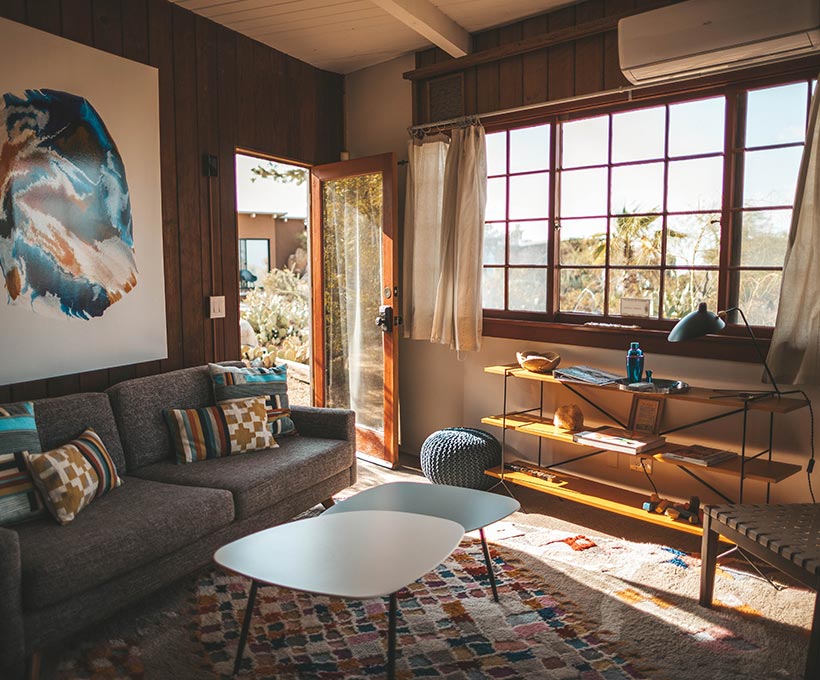Address
304 North Cardinal
St. Dorchester Center, MA 02124
Work Hours
Monday to Friday: 7AM - 7PM
Weekend: 10AM - 5PM
Address
304 North Cardinal
St. Dorchester Center, MA 02124
Work Hours
Monday to Friday: 7AM - 7PM
Weekend: 10AM - 5PM

Many people think cheap furniture saves money, but that’s just not true. Choosing quality furniture may cost more upfront, but it pays off over time. When you invest wisely, durability, savings, and value all come into play. Let’s break down why better furniture is actually the smarter financial move.
Low-cost furniture often doesn’t last long. Cheap materials wear out quickly and can break easily. For example, a $200 sofa might only last 3 to 5 years, while a high-quality one can go beyond 10 years. That short lifespan means you’re replacing it often, which adds up fast.
Cheaper furniture tends to need more repairs. Frames can collapse, cushions lose their shape, and finishes chip easily. Replacing or fixing this furniture costs money and time. Maintaining better furniture is simpler—cleaning and caring for it properly can double or triple its life span, saving you cash.
Sometimes, cheap furniture seems like a good deal because it’s inexpensive. But many of these pieces are unstable and unsafe. If a chair or bed isn’t sturdy, it can cause injuries. These hidden risks, plus frequent replacements, make cheap furniture a false economy. The initial savings fade fast when factoring in repairs and safety issues.
Think about furniture that’s still going strong after two decades. Many high-end brands build with solid wood, strong joints, and premium fabrics. For example, a well-crafted dining table can become a family heirloom, lasting generations. It’s all about quality materials and solid construction.
Let’s do quick math: a $1,000 sofa lasts 10 years. That’s just $100 a year. A $300 sofa lasts 3 years, costing $100 a year as well, but often requires repairs or replacement sooner. Over time, investing in quality often results in lower annual costs. You get more value with fewer replacements.
High-quality furniture makes your home look better and feel more inviting. When you sell or rent, good furniture adds appeal. Many real estate experts say homes with quality pieces sell faster and for more money. It’s like putting a luxury outfit on a house—people notice the difference.
Cheap furniture often ignores comfort. Poorly made chairs or beds can cause back pain and poor posture. Quality furniture is designed to support your body properly, reducing aches. Experts confirm that investing in ergonomic pieces helps keep you healthy longer.
Cheaper furniture may contain harmful chemicals or emit strong odors. High-end brands prefer safe, non-toxic materials that don’t aggravate allergies or cause health issues. Over time, this can mean fewer trips to the doctor and lower medical bills.
Comfortable furniture creates a better environment. When your furniture feels good and looks nice, you feel happier at home. This boost in mood can improve focus, creativity, and productivity. It’s a simple way to upgrade your daily life.
Durable furniture means less waste. Instead of replacing furniture every few years, you choose pieces that last decades. Many eco-certified brands use sustainable materials and eco-friendly manufacturing processes, helping the environment while saving you money.
Supporting brands that pay fair wages and practice responsible manufacturing helps create a better world. Choosing ethically made furniture aligns with values that promote social justice and reduce environmental harm. Plus, these brands tend to use higher-quality, safer materials.
Look for solid wood, good joinery, and sturdy hardware. Quality furniture is built from the inside out. Check for tight joints, thick fabrics, and smooth finishes. These details show craftsmanship and durability.
Read reviews, ask for recommendations, and visit showrooms. Trusted brands often have a history of quality and good customer service. Don’t rush—investing time in research pays off in the long run.
Buy timeless styles that won’t go out of fashion. Think about how your needs might change over the years. Adjustable or versatile furniture saves money and space later.
Regular cleaning, tightening screws, and protecting finishes extend furniture life. Use covers or pads to prevent damage. Simple care keeps your investment looking fresh and lasting longer.
Investing in high-quality furniture isn’t just about style—it’s a smart financial move. Durable, safe, and healthy furniture pays for itself over time through fewer replacements and repairs. Plus, it boosts your home’s value and your well-being. When shopping, focus on quality materials and craftsmanship. Your wallet—and your comfort—will thank you for it. Make better choices today to save money in the long run.